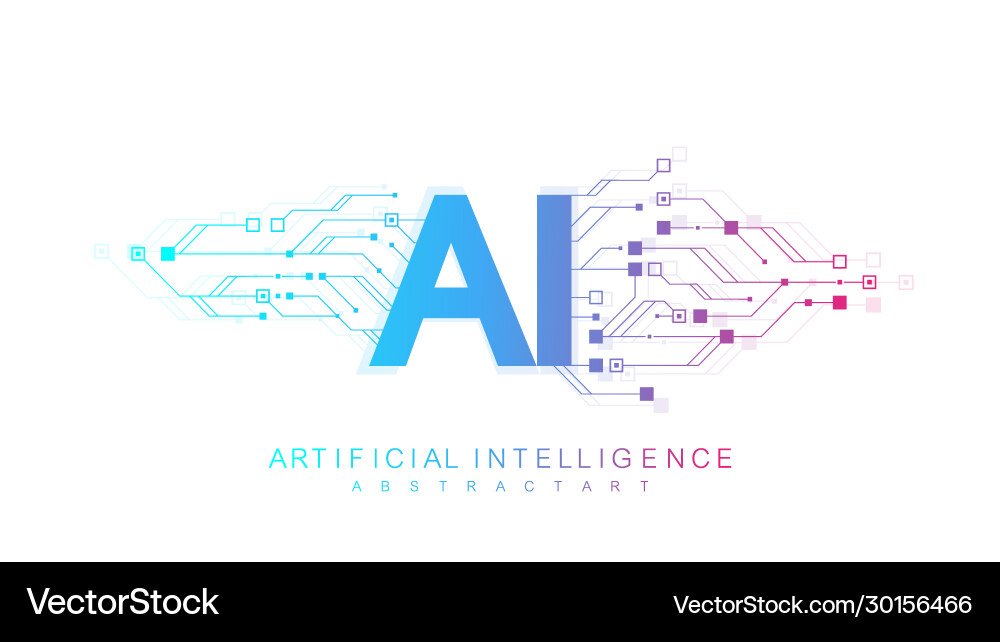Understanding Artificial Intelligence: Transformations and Implications
Artificial Intelligence (AI) has emerged as a transformative force, reshaping various aspects of our lives and industries. From healthcare to entertainment, AI technologies are changing how we interact with the world around us. This article delves into what AI is, its diverse applications, the challenges it presents, and its future potential.
What is Artificial Intelligence?

At its essence, artificial intelligence refers to the capability of machines to mimic human-like cognitive functions such as learning, reasoning, problem-solving, and understanding natural language. AI can be broadly categorized into two types:
- Narrow AI: This type is designed to perform specific tasks—like language translation or image recognition. Most AI applications today fall into this category, operating within predefined parameters.
- General AI: This hypothetical form of AI would possess the ability to understand, learn, and apply intelligence across a broad range of tasks, much like a human. While still a concept, researchers are exploring pathways toward achieving general AI.
Applications of AI
The applications of AI are vast and continue to expand:
- Healthcare: AI is revolutionizing diagnostics and patient management. Machine learning algorithms analyze medical images for anomalies, assist in predicting patient outcomes, and even aid in drug discovery. Virtual health assistants are also enhancing patient engagement by providing timely information and support.
- Finance: In the financial sector, AI is utilized for fraud detection, risk assessment, and algorithmic trading. AI-powered chatbots enhance customer service by handling inquiries and transactions round-the-clock, significantly improving user experience.
- Transportation: The rise of autonomous vehicles showcases AI’s potential in transportation. Self-driving cars rely on AI to process data from sensors, make real-time decisions, and navigate safely, potentially reducing accidents and traffic congestion.
- Retail: AI is reshaping the retail landscape through personalized shopping experiences, inventory management, and supply chain optimization. Recommendation algorithms analyze customer behavior, suggesting products tailored to individual preferences.
- Entertainment: Streaming services leverage AI to analyze viewing patterns and recommend content. Additionally, AI is being used in creative fields to generate music, artwork, and even scripts, expanding the horizons of artistic expression.
Challenges and Ethical Considerations
While AI offers numerous benefits, it also raises significant challenges:
- Bias and Discrimination: AI systems can inherit biases from the data on which they are trained, leading to unfair treatment in applications like hiring or criminal justice. Addressing this bias is crucial for creating equitable AI systems.
- Job Displacement: Automation driven by AI may displace jobs, particularly in roles that involve repetitive tasks. However, it also creates new job opportunities in tech-related fields, underscoring the need for reskilling and adaptation.
- Privacy Concerns: The widespread use of AI often involves collecting vast amounts of personal data, raising privacy concerns. Striking a balance between data utilization and individual privacy rights is essential.
- Accountability: As AI systems make decisions, determining accountability for errors or harm can be complex. Establishing clear frameworks for responsibility is necessary to navigate these challenges.
The Future of AI

Looking ahead, the future of AI holds immense promise, but it requires careful consideration:
- Regulation and Governance: As AI technology evolves, so too must the regulatory frameworks that govern its use. Policymakers are beginning to implement guidelines to ensure ethical AI deployment and mitigate risks associated with bias and privacy.
- Education and Workforce Development: As the demand for AI skills grows, educational institutions must adapt to prepare the workforce for an AI-driven economy. This includes fostering interdisciplinary knowledge that combines technical skills with ethics and critical thinking.
- Collaboration Across Sectors: Effective solutions to AI-related challenges will require collaboration among technologists, businesses, governments, and civil society. An open dialogue can facilitate innovation while addressing ethical considerations.
- Public Engagement: Increasing public understanding of AI technologies and their implications will empower individuals to engage critically with AI systems. Awareness campaigns can demystify AI, fostering informed discussions about its role in society.
Conclusion
Artificial Intelligence stands at the forefront of technological advancement, offering unprecedented opportunities while posing significant challenges. As we embrace AI’s potential, it is vital to address the ethical and societal implications it brings. By fostering collaboration, implementing thoughtful regulations, and prioritizing education, we can harness AI’s transformative power for the greater good, shaping a future that benefits all.
